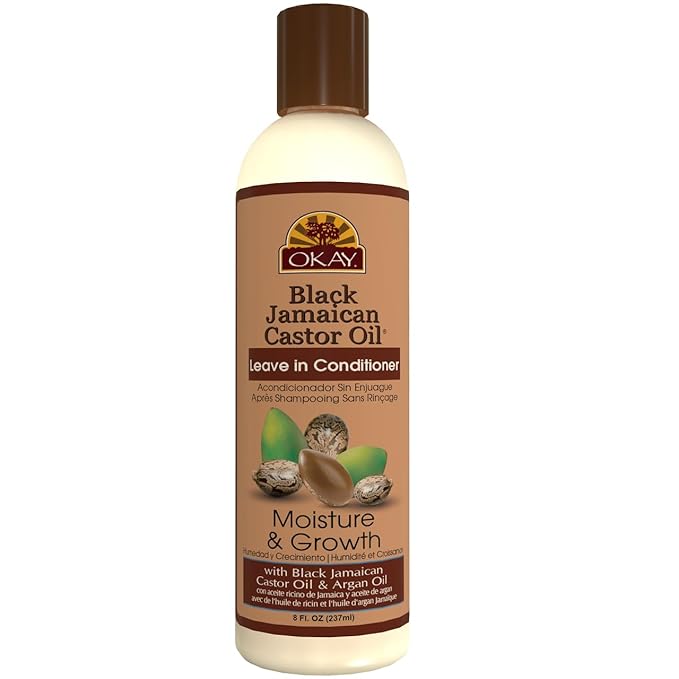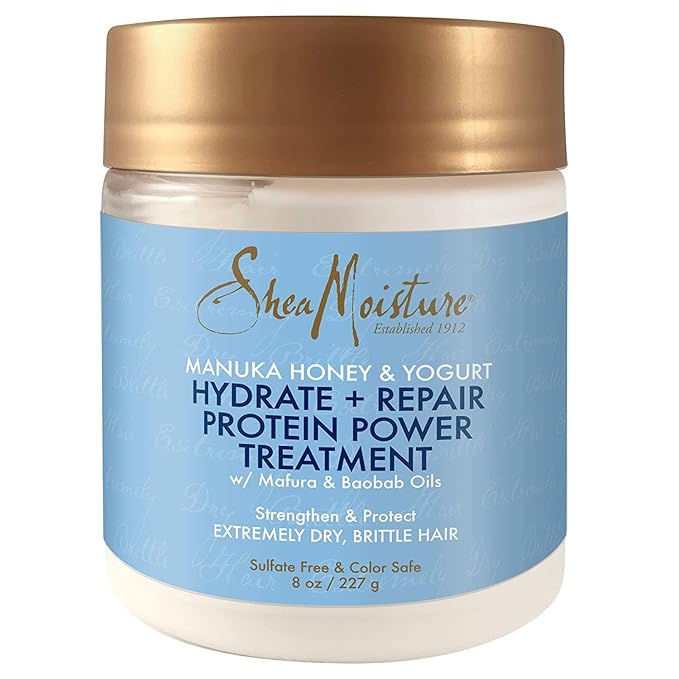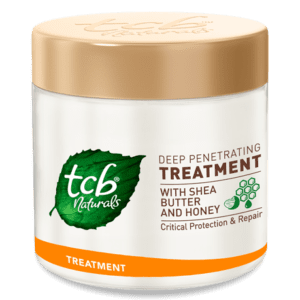Hey there, curl friend! If you’ve been noticing your 4C hair isn’t thriving like you’d hoped, breakage might be the culprit. As a natural hair enthusiast and trichologist, I know how heartbreaking it can feel to see your strands snap after all the time and care you’ve put into your regimen. But don’t worry identifying the signs of breakage early can save your hair and help you get back on track!
In this post, we’ll dive into the signs that your 4C natural hair is prone to breakage, the common causes behind it, and actionable tips to fix it. Let’s get into it!
Ready to grow the hair of your dreams? Our Hair Growth & Hair Care eBooks and Hair Planner are the ultimate tools to transform your routine! Learn proven tips to boost growth, build the perfect regimen, and track every step of your journey. Say goodbye to trial and error—this is your guide to healthy, thriving hair. Grab yours here now and start your glow-up today!
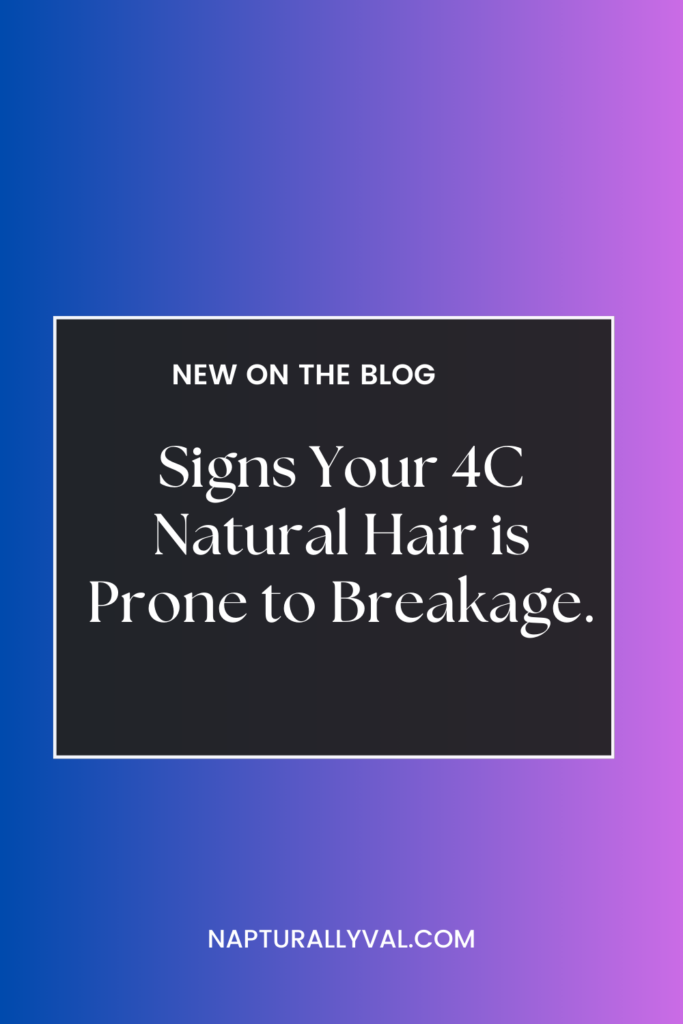
Table of Contents
What Is Hair Breakage?
Before we get into the signs, let’s clear up what breakage is. Hair breakage occurs when strands snap somewhere along the shaft, leaving you with uneven, shorter strands. Unlike shedding, which is natural and happens from the root, breakage is often a sign of damage that needs addressing ASAP.
4C hair, with its tight curl pattern and delicate structure, is especially prone to breakage if it doesn’t get the love it needs.
Signs Your 4C Hair is Prone to Breakage
1. You Find Tiny Hair Strands Everywhere
Do you notice small pieces of hair on your pillow, bathroom floor, or in your comb after detangling? If the strands are shorter than the length of your hair, that’s a major sign of breakage.
Why It Happens:
- Lack of moisture.
- Rough handling during styling or detangling.
Quick Fix:
Switch to finger detangling or use a wide-tooth comb with a slippery conditioner or detangler, like the African Pride Moisture Miracle Aloe & Coconut Water Pre-Shampoo Detangler & Pre-conditioner, to minimize breakage.
2. Your Hair Feels Dry and Brittle
Does your hair feel stiff, crunchy, or rough to the touch? Dry, brittle hair is a surefire sign that breakage is lurking around the corner.
Why It Happens:
- Insufficient moisturizing routine.
- Harsh weather conditions, like cold or dry air.
Quick Fix:
Deep condition with a moisturizing deep conditioner on every wash day with a product like Design Essentials Rosemary & Mint Stimulating Super Moisturizing Conditioner to restore hydration.
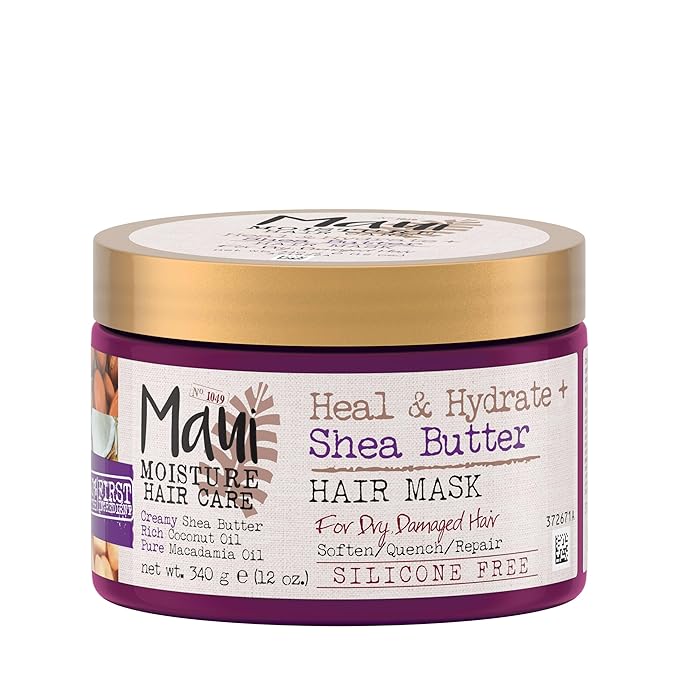
3. Split Ends Galore
Take a close look at your ends. Do they appear frayed, thin, or have visible splits? Split ends weaken your hair and can lead to further breakage if not trimmed.
Why It Happens:
- Neglecting regular trims.
- Excessive heat styling.
Quick Fix:
Trim your ends every 6–8 weeks or you can dust your ends when you notice split ends appearing. Also, focus on keeping your ends healthy by applying moisturizing products and tucking your ends away.
4. You Notice Single-Strand Knots (Fairy Knots)
Those tiny knots that form on individual strands are not just annoying they can also cause breakage. When combing or detangling, these knots can easily snap off.
Why It Happens:
- Lack of protective styling.
- Hair rubbing against rough fabrics, like cotton pillowcases.
Quick Fix:
Sleep with a satin or silk pillowcase, like ZIMASILK 100% Mulberry Silk Pillowcase, and incorporate protective styles to minimize knots.
5. Lack of Growth Retention
Are you frustrated that your hair doesn’t seem to grow past a certain length? This is often a sign of breakage rather than slow growth. While your hair may be growing from the roots, breakage at the ends can prevent length retention.
Why It Happens:
- Over-manipulation.
- Not protecting ends properly.
Quick Fix:
Focus on low-manipulation styles and keep your ends moisturized and seal with Jamaican Black Castor Oil.
6. Excessive Tangles
If your hair tangles easily and feels like a never-ending detangling session, this could be a sign of dryness and impending breakage.
Why It Happens:
- Skipping regular detangling sessions.
- Using the wrong detangling tools.
Quick Fix:
Always detangle on damp or wet hair with a leave-in conditioner, like Creme of Nature, Knot Away Leave in Detangler
7. Thinning Hair or Bald Spots
Breakage over time can lead to visibly thinner hair or even bald spots, especially along your edges or crown.
Why It Happens:
- Tight hairstyles like braids or ponytails.
- Overuse of harsh chemicals or heat.
Quick Fix:
Give your scalp a break from tension and apply nourishing oils like Wild Growth Hair Oil to encourage regrowth.
8. Your Hair Snaps During Styling
If you hear a snapping sound when combing, twisting, or styling your hair, that’s a sign of weakened strands on the verge of breakage.
Why It Happens:
- Protein imbalance in your hair care routine.
- Excessive dryness.
Quick Fix:
Incorporate a protein treatment like Aphogee Two-Step Protein Treatment into your routine every 6–8 weeks to strengthen your strands.
Common Causes of Breakage in 4C Hair
Now that you know the signs, let’s talk about what might be causing the problem. Here are some of the most common culprits:
- Dryness: 4C hair needs constant hydration.
- Over-Manipulation: Too much combing, brushing, or styling.
- Heat Damage: Regular use of flat irons or blow dryers.
- Chemical Treatments: Relaxers, dyes, or bleach without proper aftercare.
- Skipping Regular Trims: Holding onto split ends can lead to more breakage.
How to Prevent Breakage in 4C Hair
1. Build a Moisture-Rich Routine
Moisture is your best defense against breakage. Focus on hydrating your hair daily, using a moisturizing shampoo, deep conditioning and locking in that moisture.
Steps to Try:
- Start with a water-based leave-in conditioner like Maui Moisture Heal & Hydrate + Shea Butter Hair Mask & Leave-In Conditioner Treatment.
- Seal with oils or butters.
2. Balance Moisture and Protein
Too much moisture can make your hair limp, while too much protein can make it stiff. Your hair needs a balance of both.
Tips:
- Alternate between moisturizing and protein-based deep conditioners.
- Listen to your hair if it feels mushy, add protein; if it’s stiff, add moisture.
3. Trim Your Ends Regularly
Split ends won’t heal on their own. Regular trims prevent splits from traveling up the shaft.
4. Be Gentle During Detangling
Use a detangling brush like the BESTOOL Detangling Brush for Black Natural Hair and always work in sections to avoid tugging and snapping strands.
5. Minimize Heat Usage
If you love sleek styles, try to limit heat tools to special occasions. Always use a heat protectant like CHI 44 Iron Guard Thermal Spray.
6. Protect Your Hair at Night
Use a satin bonnet or pillowcase to reduce friction and retain moisture while you sleep.
7. Eat for Healthy Hair
Your hair’s health starts from within. Eat a diet rich in proteins, iron, and vitamins like biotin or take supplements, like SugarBearHair Vitamins.
The Best Products to Prevent Breakage
Here’s a quick list of Amazon must haves for breakage prevention:
- TGIN Honey Miracle Hair Mask
- Aussie 3 Minute Miracle Moist Detangling Deep Conditioner Treatment
- Carol’s Daughter Goddess Strength 7 Oil Blend Scalp and Hair Oil
- Carol’s Daughter Coco Creme Coil Enhancing Moisture Butter
- SheaMoisture Hair Mask – Manuka Honey & Yogurt, Hydrate + Repair Protein Power Treatment.
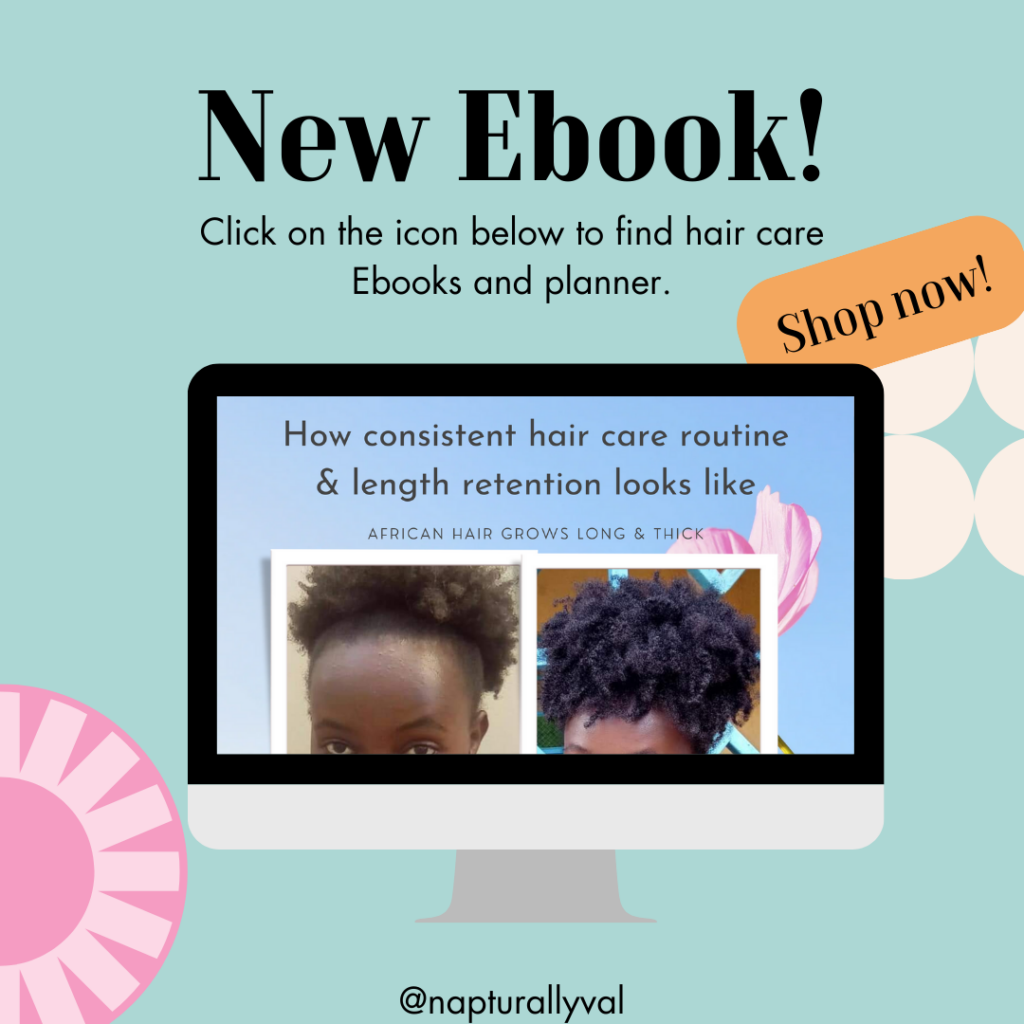
Final Thoughts
Breakage doesn’t have to define your hair journey. By paying attention to the signs and making some simple adjustments, you can keep your 4C hair healthy, strong, and flourishing.
Have you experienced breakage before? What worked for you? Share your tips and questions in the comments, I’d love to chat with you!


